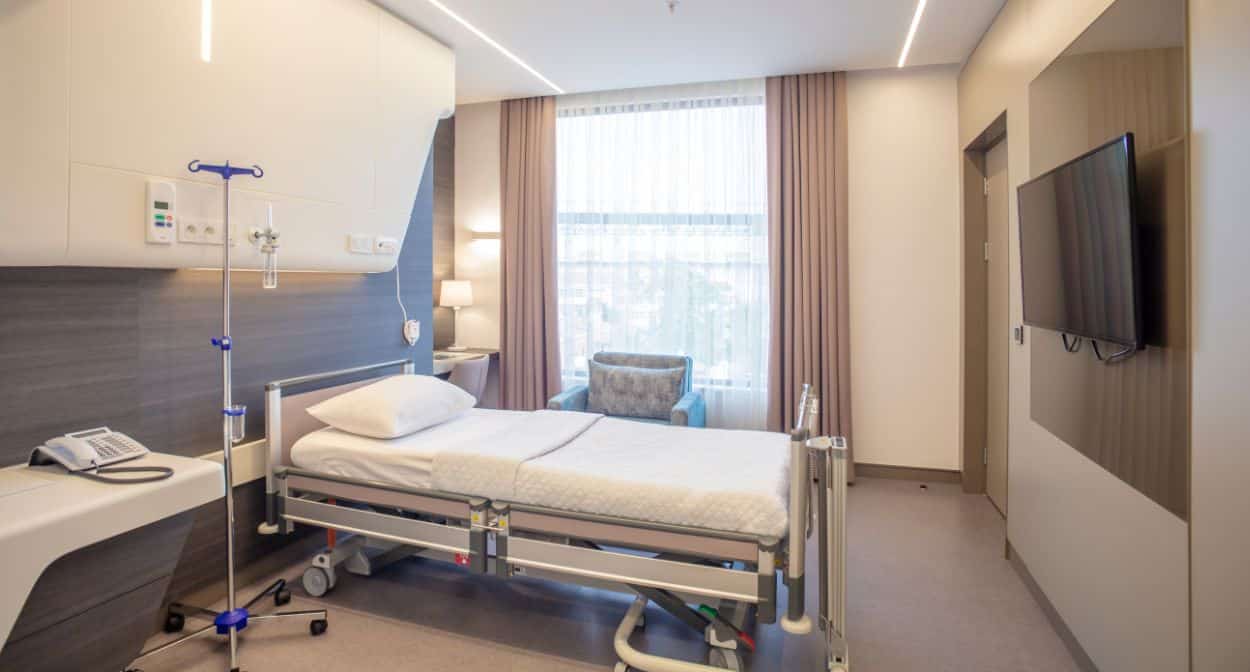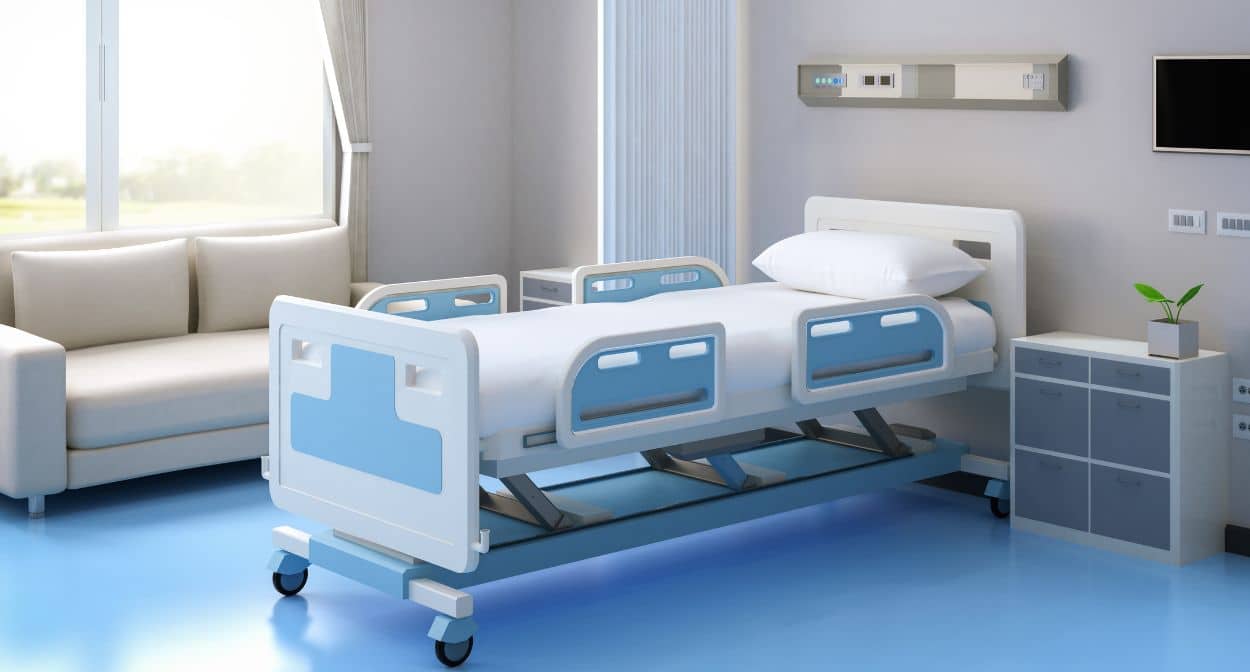One of the most important pieces of equipment for many is a hospital bed. It’s more than just a bed; it’s a tool that can significantly impact the quality of life for both the person needing care and their caregivers. That’s why I’ve put together this guide to help you pick the best hospital bed for your home care needs.
Why a Hospital Bed?

Hospital beds are designed with features that make them ideal for individuals with specific medical conditions or mobility issues. Unlike standard beds, they offer adjustability, support, and features that can aid in recovery, provide comfort, and assist caregivers.
Key Benefits of Hospital Beds:
- Adjustability: Hospital beds can be raised or lowered, and the head and foot of the bed can be adjusted. This helps with positioning for comfort, facilitates getting in and out of bed, and aids in medical treatments.
- Pressure Relief: Many hospital beds are designed to work with special mattresses that help prevent pressure ulcers, a common concern for those with limited mobility.
- Safety: Features like side rails help prevent falls, a crucial consideration for those at risk.
- Caregiver Assistance: The adjustability of hospital beds makes it easier for caregivers to provide assistance, reducing strain and improving efficiency.
Types of Hospital Beds

1. Manual Hospital Beds
Manual beds are the most basic type, with adjustments made using hand cranks. These are typically the most affordable option but require more effort to adjust.
2. Semi-Electric Hospital Beds
Semi-electric beds offer a combination of manual and electric adjustments. The head and foot of the bed are adjusted electrically, while the bed height is adjusted manually. This type offers a good balance of convenience and cost-effectiveness.
3. Full Electric Hospital Beds
Full electric beds are the most advanced, with all adjustments made electronically using a control panel. This includes bed height, head and foot adjustments, and other features. Full electric beds are the easiest to use and offer the most convenience, but they are also the most expensive.
4. Specialty Beds
In addition to these standard types, there are also specialty beds designed for specific conditions. These include low beds to prevent falls, bariatric beds for larger individuals, and beds with specialized pressure relief systems.
Factors to Consider When Choosing a Hospital Bed

1. Medical Needs
The individual’s medical condition and specific needs should be the primary consideration. A full electric bed is often the best choice if they require frequent position changes. If pressure ulcers are a concern, a specialized mattress or bed with pressure relief features may be necessary.
2. Mobility Level
The individual’s mobility level will also influence the choice. If they have difficulty getting in and out of bed, a bed with height adjustment is crucial. Side rails can also provide added support and prevent falls.
3. Caregiver Needs
Consider the needs of the caregivers as well. Electric beds make it easier to adjust the bed, reducing the physical strain on caregivers. Features like adjustable height can also make it easier to provide care without bending or straining.
4. Home Environment
The layout and size of the home can also be a factor. Measure the available space to ensure the bed will fit comfortably. Also, consider the accessibility of the room and whether there is enough space to maneuver the bed and any other necessary equipment.
5. Budget
Hospital beds range in price depending on the type and features. Manual beds are the most affordable, while full electric and specialty beds are more expensive. Consider your budget and the features that are most important to you.
Additional Features to Consider

- Side Rails: These are essential for safety, helping to prevent falls. They can also provide support for getting in and out of bed.
- Mattress Options: A good mattress is crucial for comfort and pressure relief. Options include foam mattresses, air mattresses, and alternating pressure mattresses.
- Trapeze Bars: These can assist individuals with limited mobility in repositioning themselves in bed.
- Trendelenburg and Reverse Trendelenburg Positions: These specialized positions can be beneficial for certain medical conditions, but are typically only available on full electric beds.
Our Commitment to You
At Discount Medical & Mobility Equipment & Supplies, we understand that choosing a hospital bed is a significant decision. That’s why we’re committed to providing personalized service and expert guidance to help you find the perfect solution for your needs.
Here’s How We Can Help:
- Expert Guidance: Our knowledgeable staff can answer your questions, assess your needs, and recommend the best options for your situation.
- “Test It Before You Buy It” Program: We encourage you to try out different beds and features to ensure they meet your needs and are comfortable.
- Wide Selection: We offer a variety of hospital beds and related equipment to meet a range of needs and budgets.
- Authorized Manufacturer Repair Center: We provide expert repair and maintenance services to keep your equipment in top condition.
- Community Focus: As a local, family-owned business, we’re dedicated to serving the Riverside community with integrity and care.
Visit Us Today
I invite you to visit our showroom or contact us to learn more about our hospital beds and other home care solutions. We’re here to help you find the right equipment to enhance comfort, improve safety, and make home care a little easier.

